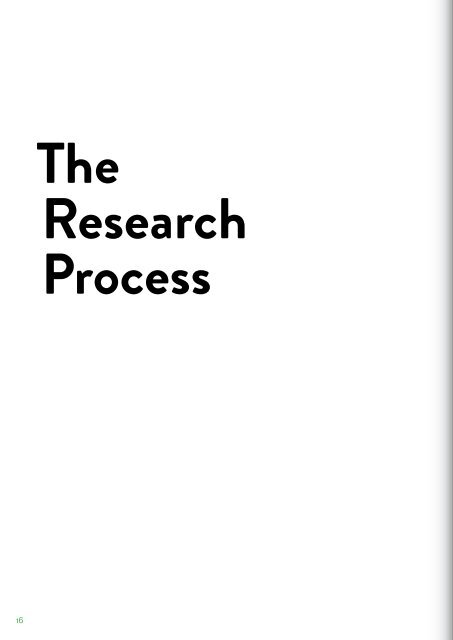Drawing Energy
Drawing-Energy-low-res
Drawing-Energy-low-res
You also want an ePaper? Increase the reach of your titles
YUMPU automatically turns print PDFs into web optimized ePapers that Google loves.
The<br />
Research<br />
Process<br />
This section presents the background to the drawing study, framing it within the<br />
broader context of the European SusLabNWE project. It explains the research<br />
process that led us to the development of <strong>Drawing</strong> <strong>Energy</strong>, and details the context<br />
and results of the study.<br />
Researching <strong>Energy</strong><br />
The <strong>Drawing</strong> <strong>Energy</strong> study builds on research methods developed at the Royal<br />
College of Art over the last two decades. Our energy research began by conducting<br />
a series of ethnographic interviews in 2013 with people – mostly Londoners – in<br />
their own homes, to explore their ideas around energy, what it means to them and<br />
how it features in their daily life.<br />
While the principal focus of the SusLabNWE project was on energy in the<br />
utility sense, the word ‘energy’, with numerous definitions in English (Merriam-<br />
Webster, 2015), is a concept that resists easy visualisation and is not synonymous<br />
with any singular or distinct visual icon. We therefore decided to expand the frame<br />
of reference for our research to encompass fully all the meanings the term holds<br />
and explore its significance for our interviewees.<br />
The research process itself was people-centred, with the designers and<br />
researchers seeing householders as collaborators and contributors, not just ‘test<br />
subjects’ (Gheerawo et al, 2011). This was important: it is beneficial to work with<br />
real people as nothing can really replace the value of this process (Warburton,<br />
2003). This moves projects from being perhaps an ego-centric expression of<br />
design expertise, to having social relevance and value for the end user.<br />
Projects from the Helen Hamlyn Centre for Design employ a diverse range of<br />
design research methods to identify and include people’s needs and perspectives.<br />
These include questionnaires, expert consultation, user diaries, interviews,<br />
observation in situ, testing with prototypes, and research ‘kits’ requiring a range<br />
of responses from photographic to emotive. New design ethnography methods have<br />
resulted, such as ‘Design Provocations’ where props, sketches or prototypes are<br />
shown to people to provoke response (Eikhaug et al, 2010).<br />
Working closely with small groups of users encourages empathic bonding<br />
between designer and user, creating a space where they can both act as equals<br />
to address the issue in hand. This can then aid understanding of lifestyle and<br />
aspirational factors that are all too often overlooked, moving beyond ergonomic<br />
problem solving into an area of creative thinking and user-facilitated innovation<br />
(Coleman, 1997).<br />
16 17


